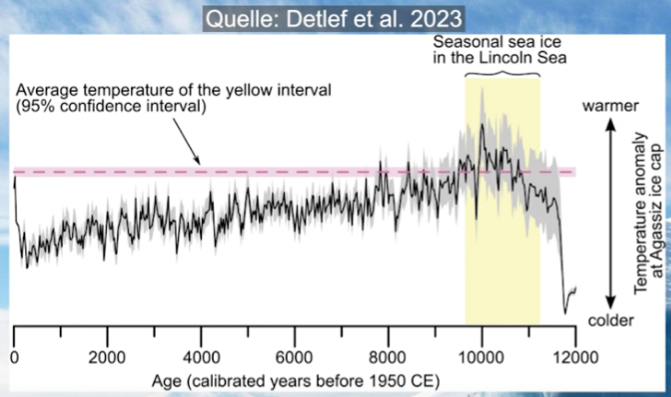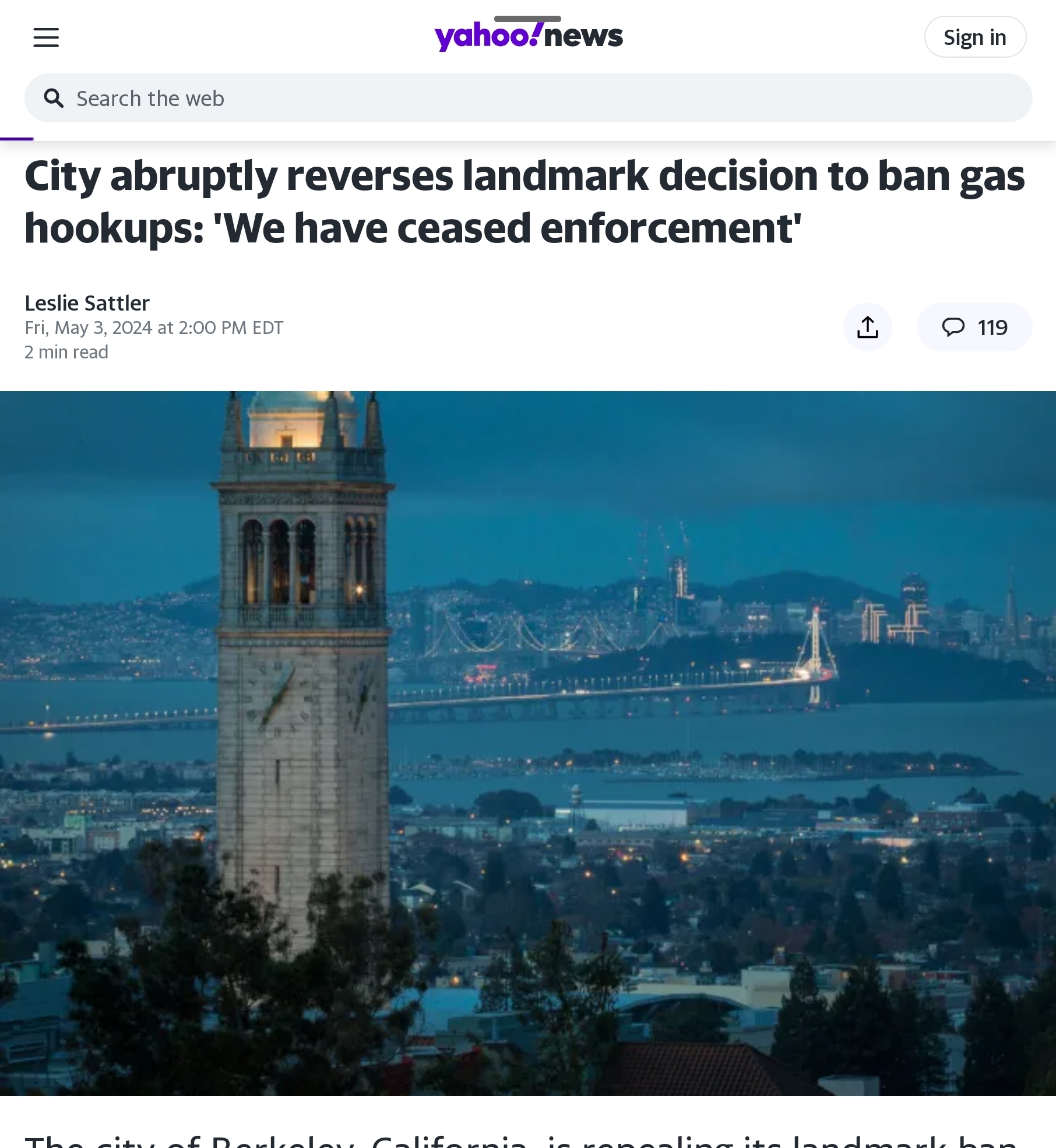Water Shortages? Blame Them On Climate Change!
By Paul Homewood h/t Philip Bratby England is facing water supply shortages by 2050 unless rapid action is taken to curb water use and wastage, the Environment Agency has warned. Its new report says enough water to meet the needs of 20 million people is lost through leakage every day. Population growth and the impact of climate change are expected to add to supply pressures. The agency wants people to have a personal water target and has urged them to use water more wisely at home. The study, the first major report on water resources in England, says that population growth and climate change are the biggest pressures on a system that is already struggling. http://www.bbc.co.uk/news/science-environment-44215418 Sounds like the first step to permanent water rationing, at least in some areas (although the government deny it). Certainly there are increasing demands, but is “climate change” making any difference at all? The first thing to highlight is what the EA Report says about the current situation: 1) Average annual rainfall in England has not changed since records began in the 18th century. 2) There is no clear trend in the frequency or intensity of droughts 3) Changes in river flows have not been attributed to climate change In other words, whatever climate change the UK has had in the last century has had no discernible effect on rainfall, in either direction. And this can be seen quite clearly in the Met Office charts, both annually and seasonally: https://www.metoffice.gov.uk/climate/uk/summaries/actualmonthly And the same is true for the South East, where demand is rising fastest and reserves tightest: https://www.metoffice.gov.uk/pub/data/weather/uk/climate/datasets/Rainfall/date/England_SE_and_Central_S.txt So why on Earth does the EA think climate change will become a problem? This is where they take on board the usual junk projections from the Met Office: Climate change will affect the amount and timing of rainfall that supports river flows and replenishes groundwater. It will also influence the demand for water and its quality, as well as the way land is used – all of which will put pressure on water resources. Summers are likely to get hotter, significantly increasing demand for water. Winters are likely to get warmer and wetter. Although average summer rainfall is not predicted to change, more rainfall may come in big downpours. This could lead to droughts and floods, possibly at the same time. This would increase the damage caused and increase the risk of disasters such as wildfires. Increasing frequency of both drought and summer heatwaves could lead to a much higher likelihood of these extreme events occurring at the same time. River flows are predicted to increase in winter and decrease in summer. Groundwater supplies may decrease over the 21st century. Reduced summer rainfall and increased summer evaporation would negatively affect wetland plant and animal communities, particularly in rain-fed wetlands. Increased areas of stagnant water during droughts, coupled with increased temperatures could lead to the spread of mosquito borne diseases such as dengue fever and West Nile virus. Treatment plants, pumping stations and sewers that are designed to cope with the past and present climate may no longer be adequate. The reliability of existing reservoirs, groundwater sources and river intakes will change. Some infrastructure, critical for providing water supplies, will be more vulnerable to flooding. Agricultural production may be negatively affected by water shortages during warm, dry summers, particularly in the south and east. Wetter autumns and winters will also reduce productivity by disrupting the timing of farm management activities, and by causing increased flooding in low-lying agricultural areas. Valuable ecosystem services such as biodiversity and pollination provided by well-managed agricultural land are also threatened by the impact of climate change on water resources. https://www.gov.uk/government/publications/state-of-the-environment 1) Climate change will affect the amount and timing of rainfall Great certainty – WILL! Unfortunately the evidence to date suggests it won’t. 2) Summers are likely to get hotter, significantly increasing demand for water Except, of course, that summers are not getting hotter. 3) Although average summer rainfall is not predicted to change, more rainfall may come in big downpours Except that the opposite has been true so far: https://notalotofpeopleknowthat.wordpress.com/2018/02/23/met-office-claim-of-heavier-summer-downpours-not-borne-out-by-actual-data/ 4) This could lead to droughts and floods, possibly at the same time Or maybe it won’t! 5) Increase the risk of disasters such as wildfires They really are getting into the world of fantasy now. 6) Increased areas of stagnant water during droughts, coupled with increased temperatures could lead to the spread of mosquito borne diseases such as dengue fever and West Nile virus Did these diseases spread in the hot, dry summer of 1976? 7) Wetter autumns and winters will also reduce productivity by disrupting the timing of farm management activities, and by causing increased flooding in low-lying agricultural areas. As the above charts show, farmers have long had to deal with our highly variable weather, whether wet or dry. They will manage, just as they have in the past. The whole of this section is stacked full with unsubstantiated, apocalyptic nonsense, unworthy of a supposedly serious, official report. The EA, like all other government agencies and departments, are no doubt under orders to factor climate change into all their planning. It is a pity that they did not use a bit of common sense instead.
— gReader Pro




